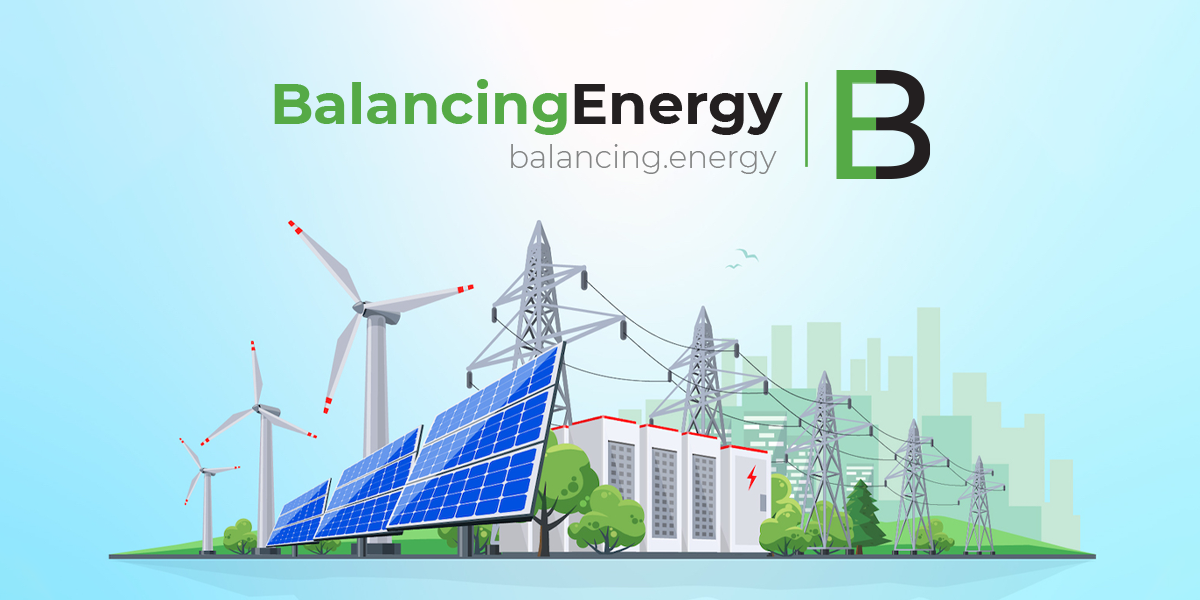Serbian electricity transmission system operator EMS signed a project with local consortium consisting of Energotehnika Juzna Backa, Elektromontaza Kraljevo and Elnos BL. The 6.5-million-euro contract is for works on transformer stations within the second phase of the Trans-Balkan Electricity Corridor project.
The works include the construction of a 400 kV switchyard and 400/220 kV transformer in Kraljevo 3 substation, and equipping a 400kV feeder bay in the 400/110 kV Kragujevac 2 substation. The works are expected to be completed within 610 days.
The works are a part of the second phase of Trans-Balkan Electricity Corridor project, along with the construction of a 60 kilometers-long 400 kV transmission line between Kragujevac and Kraljevo. 13.5 million euros worth contract for the line was signed in March with Kodar Energomontaza and the works on the line started in June. The construction is expected to be completed in early 2021.
Total investment in the second phase of the project amounts to 29.6 million euros, which will be funded by 15 million euros loan from German KfW Bank, 6.5 million euros grant for the European Union and EMS’ own resources. The first phase of the Trans-Balkan project in Serbia included the construction of a double-circuit 400 kV transmission line from Pancevo to Romanian border, which was completed in December 2017 and was entirely financed by EMS. The third phase envisages the construction of a 109 kilometers-long 400 kV transmission line from Bajina Basta to Obrenovac, the upgrade of Bajina Basta substation’s capacity to 400 kV, and the overhaul of the Obrenovac substation. The fourth phase will include the construction of 400 kV transmission line linking Bajina Basta to Bosnia and Herzegovina and Montenegro. The entire Trans-Balkan Electricity Corridor, linking Montenegro, Bosnia and Herzegovina, Serbia and Romania via a 400 kV transmission line and Montenegro and Italy via an undersea cable, is expected to be operational in 2022.










